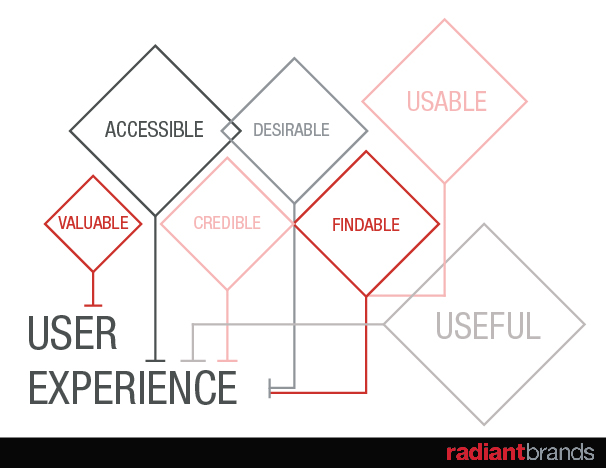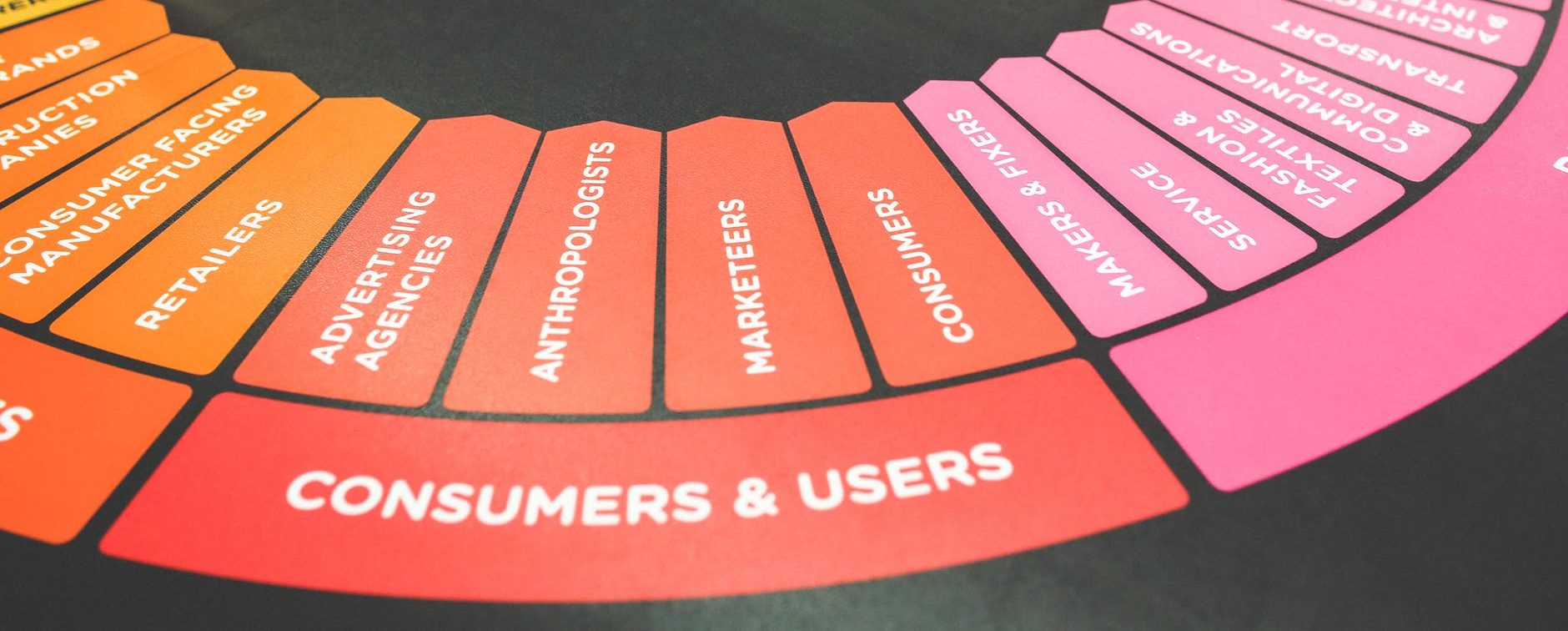User Experience is Way More Than Designing for Online Engagement
User experience is often thought of as relating only to websites, using mobile devices and in particular eCommerce navigation where the online shopping experience can leverage sales and customer engagement. I think we’re missing something if we don’t extend this meaning to all aspects of human cognition, choices and behavior. The implications for products and brand experience from the retail environment to architecture and design not to mention healthcare and banking are immense. These are all areas where people, customers engage with brands.
User experience is way more than just a two-dimensional screen experience
Think about the time you might be attempting to purchase parking in a garage the payment machine you’re using is so convoluted and complex you can’t intuitively figure out how to pay. Or you just went shopping at a new Whole Foods store and have this very connected experience to the food you purchase. You can’t immediately figure out how all these gadgets work though the remotes you have. The icons don’t make sense the buttons for the same features aren’t in the same place. The result is frustration and your general dislike for the brand of whatever product you bought.
Think about the long phone cues with only voice-activated systems you may get from your bank or cable provider, more bad user experiences. these examples show you how you connect, what is valued by you is not recognized by the company and brand. This is more than frustrating, it forces customers, like you away from any loyalty to the company. Their brand represents frustration and a lack of connection to you the customer. It can be applied to just about everything we as humans and consumers engage with, from the restaurant we just went to, to buying paying for your parking ticket at the automated garage, to navigating a new Whole Foods store. It’s the entire experience that shapes what we love or hate. It can super simple or terribly complicated.
The real goal of good UX and UI is to create positive outcomes for consumers
The real goal of well thought out user experience is to think like your customers. Think like those who are navigating your control pannel your customer service portal or your eCommerce website. Who are these customers? What are they trying to do? How do create a positive and rewarding experience for them? These are the questions brands and companies should be asking all the time, every day.
Human perception builds neuro-pathways that give us good or bad feelings.
Our brains may be really complicated but they actually do a very good job of giving us feedback on how we deal with the world around us and the experiences we’re creating. We get “trained” rapidly in finding ways to do things or in finding reinforcement in our behavior that keeps us coming back for more. The simplest things we do can drive us crazy if they don’t work. If we’re lost in using the ATM machine or figuring out the complexity of that new washer dashboard that’s totally digital. How we design and experience functionality connects us to things we love and creates patterns of use and familiarity that we go back to.
How we engage with the world around us is our user experience. This is a combination of design, perceptions, and expectations we’ve developed from everything we’ve been exposed to. Thinking in this way helps market.
All aspects of design fit user experience
It’s actually really a very broad term that defines how anyone is connected to an experience. From stores to phone calls to a residential location that you live and you’re just moving in you’re having a user experience. But think about the hospitality industry, as much as going to church all of this shapes our relationship to a place, an institution or a store all shape out we value and grow our relationship.
As brands build their customer relationships, in whatever area or market they existing in it really pays off to look at people, behavior and how individual personas or customers connect with your brand and keep in my how they all need to feel important.
People forget that everything we engage with is user experience.
